
When I was still improving my skills, the Infiniti series felt great to use, but after hitting a bottleneck recently, I found this series a bit difficult to handle. It can be said that among Bonny’s series with independently developed frame designs, this one has shown the least progress. Starting from the Infiniti 2 and 003, through to the 016 and Honor 002, after playing with so many models, the development of this series has been more about adjustments and optimizations. Since the 014 introduced the 46T material, the later models have mostly focused on balance point and stiffness. However, now that the series has adopted a new numbering method and reached 215, I think Bonny also hopes to achieve some breakthroughs with it.
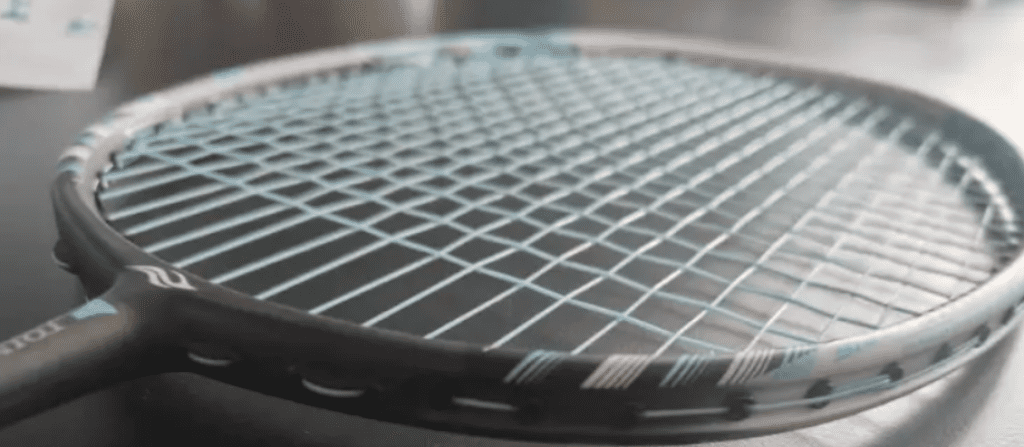
Specifications: 4UG5, with grip, total weight in use 95.90g, balance point 300mm, 6.5mm shaft, length 220mm, high stiffness, thin-wing small racket frame, 76-hole string bed, full string grooves, warranty for 30 lbs, strung at 25-27 lbs VBS66N.
The Infiniti series has consistently used a no-filler process, with the rackets decorated using clear lacquer and water decals. Models 008-010 had their own mask themes, but beyond that, I felt this process should have reached its limit after the 016. Some models didn’t even have the same pearlescent finish effect as the earlier Infiniti 2. Recently, however, the situation improved significantly with the 215, which began using more colored paint to decorate the racket. The head transitions from white at the tip to cyan at the 4 and 8 o’clock positions, then to black at the T-joint, creating a natural layering effect. Although the official promotion claims it’s a racing-themed paint job, I think as long as it looks good, that’s what matters.

The current version has adjusted the unstrung balance point to 300mm, which isn’t as aggressive as the Honor series I’ve used before, but the racket still has a noticeable head-heavy feel when in hand. Originally, the Infiniti series was positioned as an offensive racket, but its excellent frame wind resistance made me more inclined to use it as a speed racket in doubles. In fact, the 215’s swing speed is also top-notch. For specifics on how fast it is, you can refer to previous reviews of the series. This full-groove small racket frame has been used by Bonny for many years.

Additionally, the stiff shaft and small racket face make the 215 difficult to handle. Although the sweet spot occupies a relatively large portion of the racket face, the increased net pressure further raises the difficulty of driving the racket, lacking the forgiving feel of the 003/007. When properly engaged, the high balance point allows for powerful, speedy returns, but backhand shots and low-power underhand drives become significantly harder, limiting the racket’s usability for some.
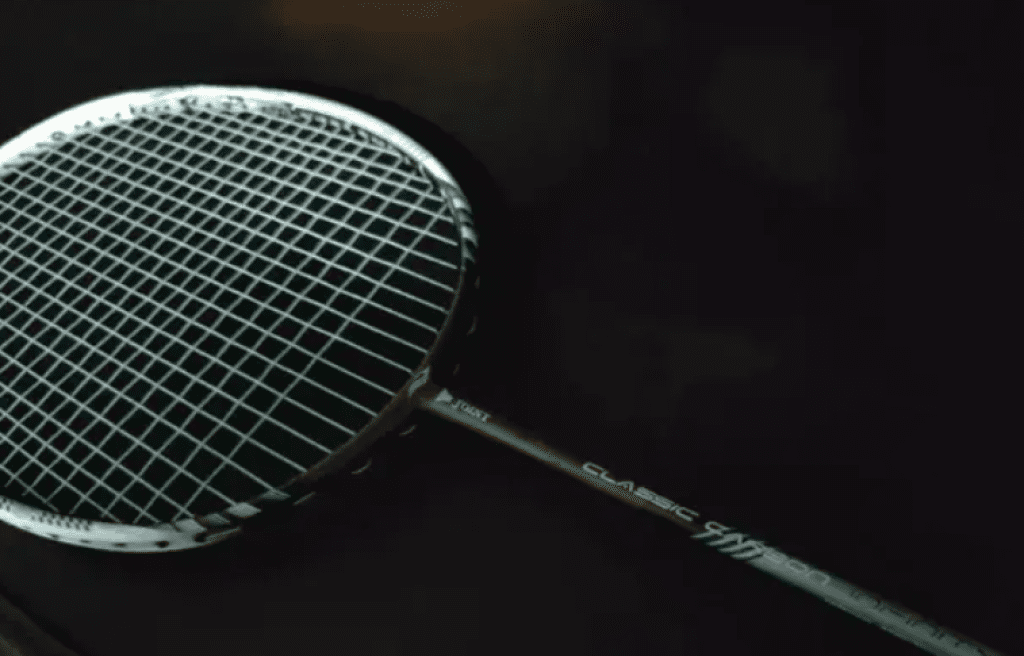
Conversely, the 215 has a very high ceiling in terms of offensive capabilities. The small racket face naturally has a higher power threshold and more concentrated rebound feedback, allowing for explosive shots when the user generates power. When there’s an opportunity for a full-power strike, utilizing body rotation, the shuttle speed can reach quite high levels, with the potential to penetrate the court with a single smash. Moreover, the low wind resistance of the frame allows for faster swings. Although the 300mm balance point isn’t very high, making the placement and downward pressure less intense compared to the Honor series, it’s still much better than the 295mm Lampard.
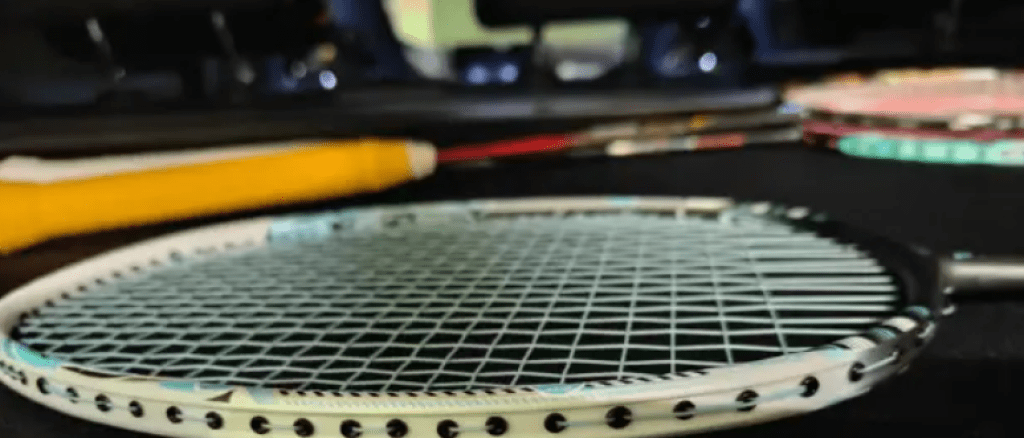
The current swing weight still gives me a relatively agile feel during use, not hindering the switch between forehand and backhand power or the formation of continuous defensive blocks in fast-paced exchanges. Meanwhile, the racket delivers a certain level of stability, with a clear sense of direction, making it more confident in angled shots and large swings, without the shuttle floating unpredictably. However, it should be noted that the racket still demands constant attention to finger and forearm power during exchanges. When fatigue sets in, the quality of the drive decreases, slowing down the return speed, and giving the opponent an opportunity to press the advantage.

In the past, I mentioned that small racket frames weren’t very suitable for my handling of delicate shots. However, on the 215, thanks to its well-tuned feel, it doesn’t feel unstable in the hand, and its performance in small ball play has improved. Although the current racket face can still cause some over-reaction during fine operations, the stability of its feel has been enhanced. Especially in the backcourt drops, with the increased inertia of the frame, the potential energy during the swing allows the shuttle to drop closer to the net, eliminating the fear of being intercepted.
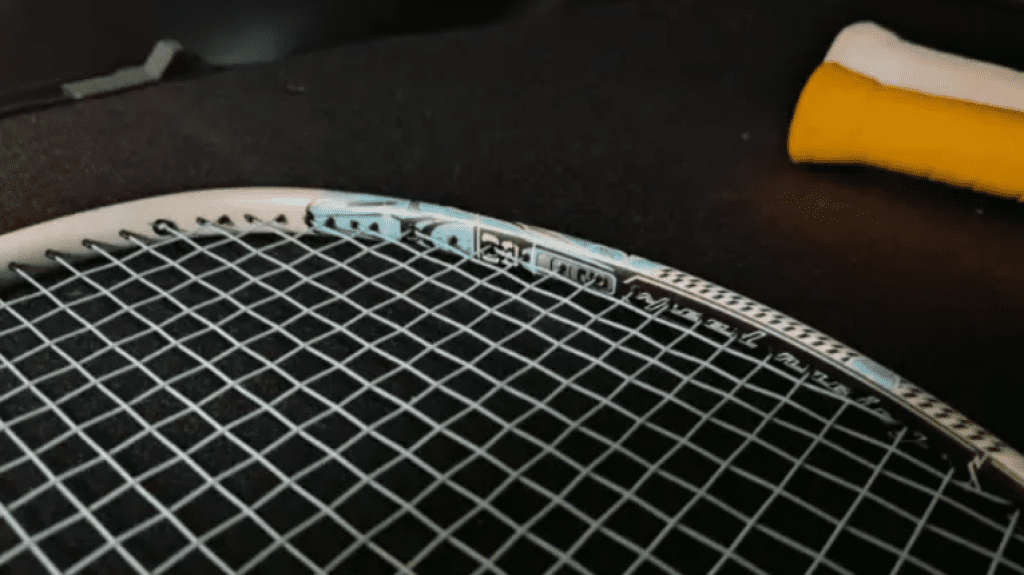
In defense, the 215 is stiff and elastic, providing a clear feel when borrowing force to push to the backcourt, sideline, or block at the net. However, there are challenges in two areas. First, the small racket face has a low tolerance. When the opponent’s smash speed increases, the reduced reaction time makes it hard to align the racket face correctly, leading to several mishits during my usage, which was quite frustrating. Second, the difficulty in generating power on underhand shots makes it harder to place the shuttle accurately when dealing with drops or soft blocks, especially when fatigue sets in, forcing larger arm swings that can distort my movements.

Given the preference for buying new rather than old, the Infiniti 215 is still one of the small racket frames worth recommending, especially for players looking to try out Bonny’s small racket frames and advance their skills. This model represents the highest level in the series in terms of overall quality. However, I’m left with significant regrets because the Infiniti series still hasn’t made substantial progress. The new model is just another optimization of the original parameters. The boron fiber shaft, which gave Bonny’s new products a significant boost last year, has yet to be applied to the new Infiniti, perhaps due to incompatibility or low production capacity. Regardless, just improving the paint job isn’t enough to satisfy the series’ loyal fans.
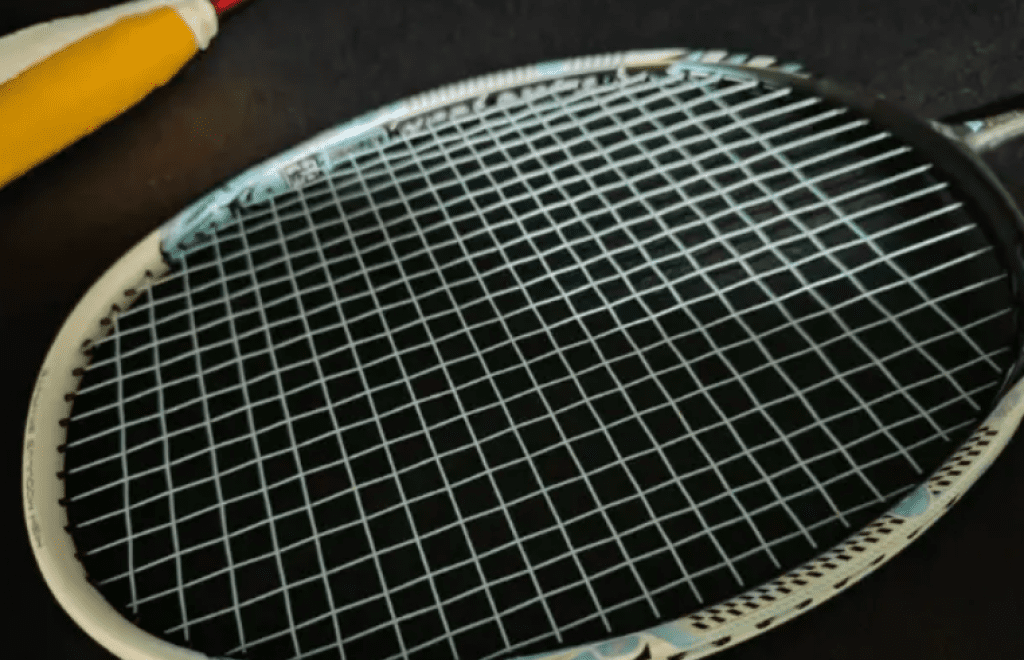

Leave a Reply